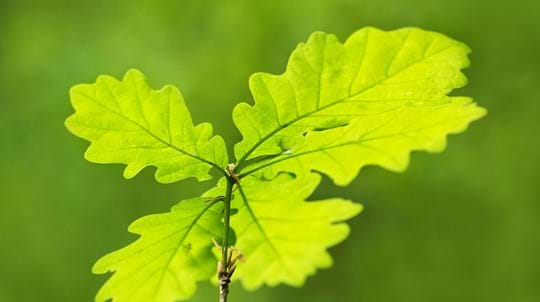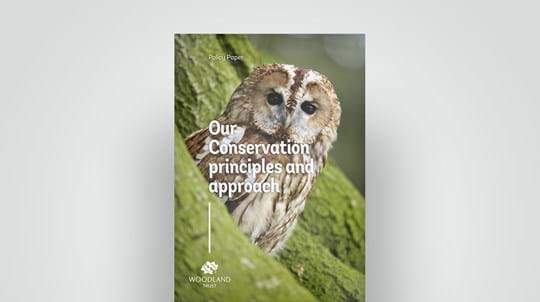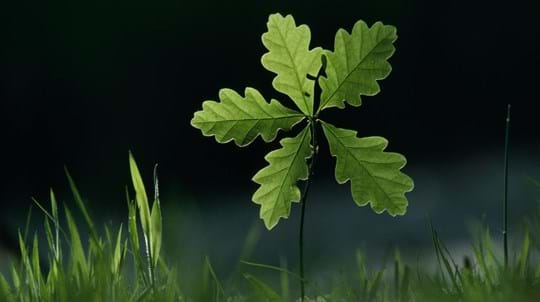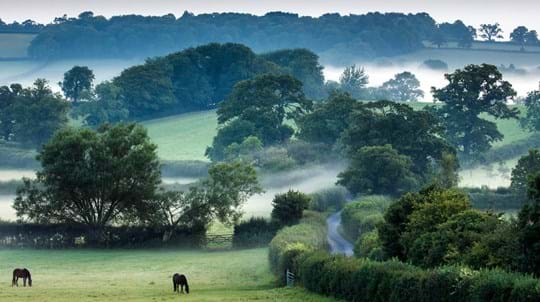So this is one of the UK's leading trial sites, the most amount of tree guards. We've got 14 different types of alternate tree guards here.
These are 5,000 trees in loads of different biodegradable tree guard options. And they only really became available round about 2019.
So we've got ones made of paper, cardboard, polylactic acid, plant starch, cashew nut shell resin, wool - we've got the whole shebang. Anything that is on offer to help us with this big climate crisis, both for carbon and also the big ecological crisis, to allow the wildlife to spread into these areas.
This will be a woodland in 20 years time, so in the meantime we're just protecting that and allowing them to get up to a height where they're safe from browsing, using all of these innovative methods.











